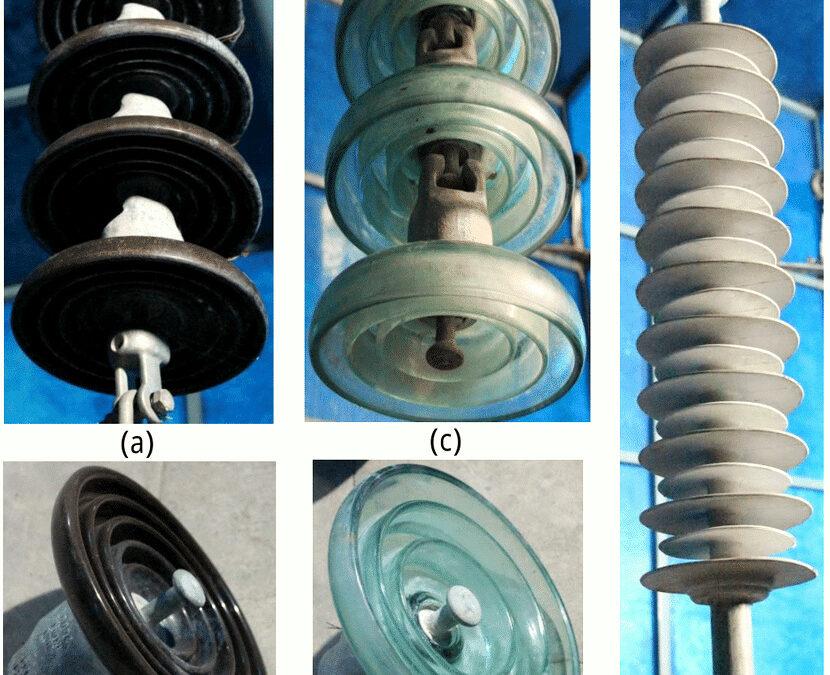Introduction: Insulators, often referred to as dielectrics, are indispensable components in the realm of electrical engineering. Their primary function is to prevent the flow of electrical current, acting as barriers that ensure controlled and efficient energy transmission. This article sheds light on the significance of insulators, their types, materials, and applications in various electrical systems.
Types of Insulators: Insulators come in diverse forms, each designed to suit specific requirements based on factors like voltage, environmental conditions, and application. Some common types include:
- Porcelain Insulators: Known for their durability and resistance to high temperatures, porcelain insulators find applications in power transmission lines, substations, and heavy-duty electrical equipment.
- Polymer Insulators: Lightweight and resistant to environmental factors, polymer insulators are preferred for areas with pollution, salt, and other contaminants. They are commonly used in distribution networks and high-voltage transmission lines.
- Glass Insulators: Glass insulators, aside from their functional role, have aesthetic appeal and are often used in decorative applications and lower voltage systems.
- Composite Insulators: These modern insulators combine the benefits of various materials to create lightweight, strong, and reliable components suitable for a wide range of voltage levels.
Applications in Electrical Systems: Insulators play critical roles in various electrical domains:
- Power Transmission: Insulators are used to support overhead power lines, ensuring safe energy transfer and minimizing energy loss through unwanted leakage.
- Substations: Insulators are deployed in substations to insulate equipment and connections, preventing flashovers and maintaining operational reliability.
- Electronics: In electronic devices, insulators safeguard delicate components from electrical interference and ensure proper circuit functioning.
- Telecommunications: Insulators are employed in communication networks to isolate and protect signal-carrying components, ensuring optimal data transmission.

